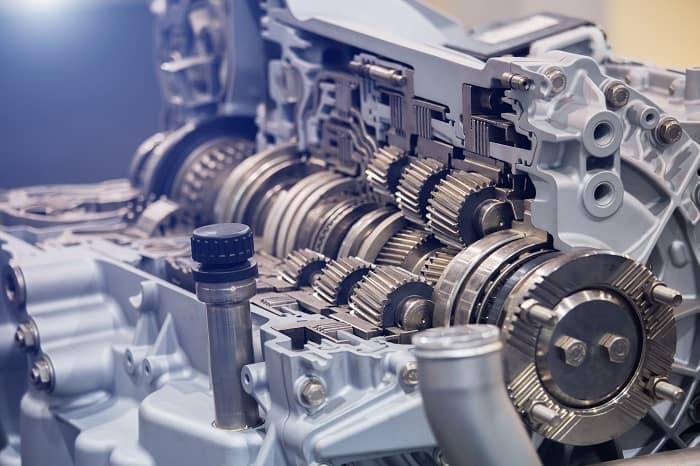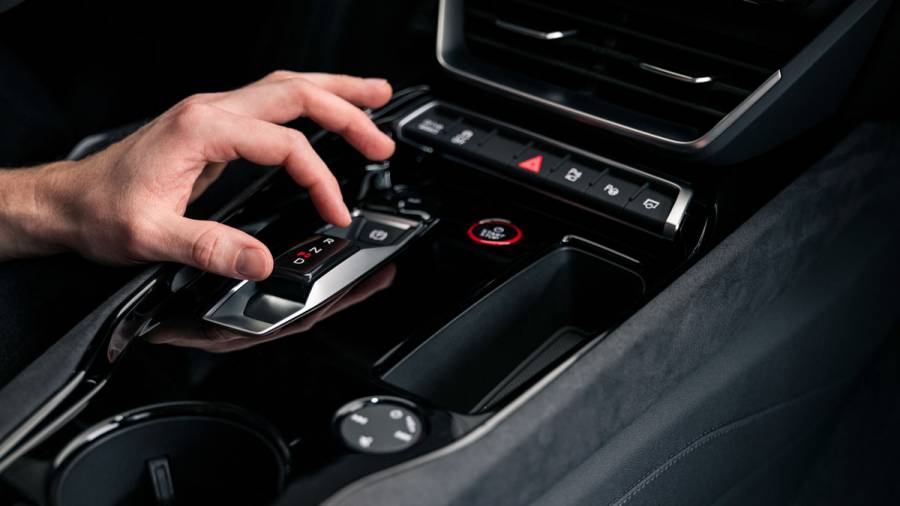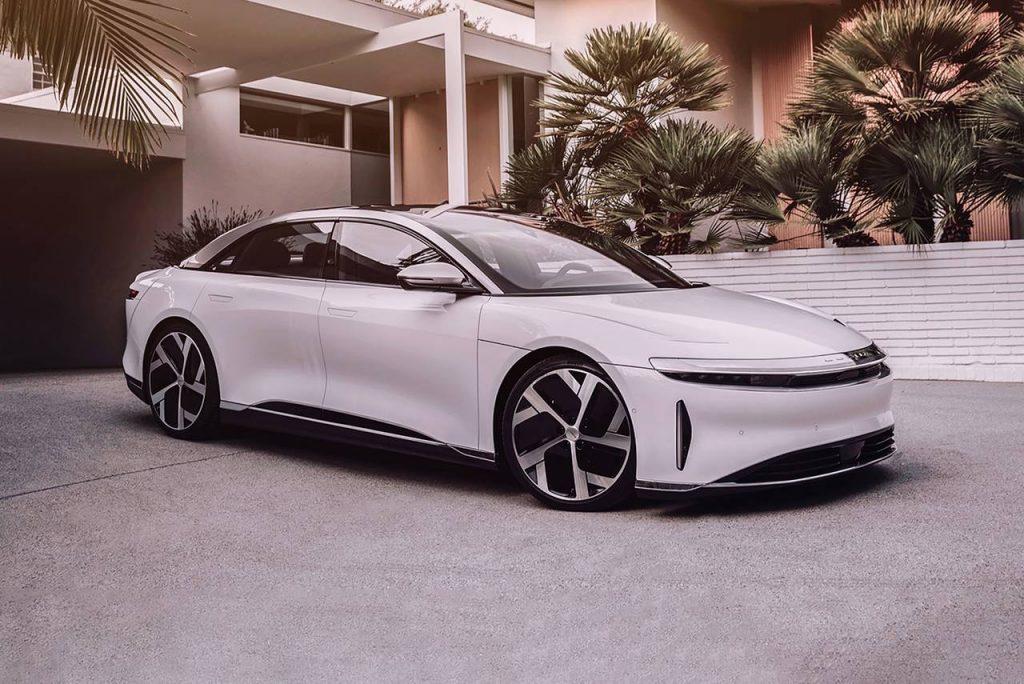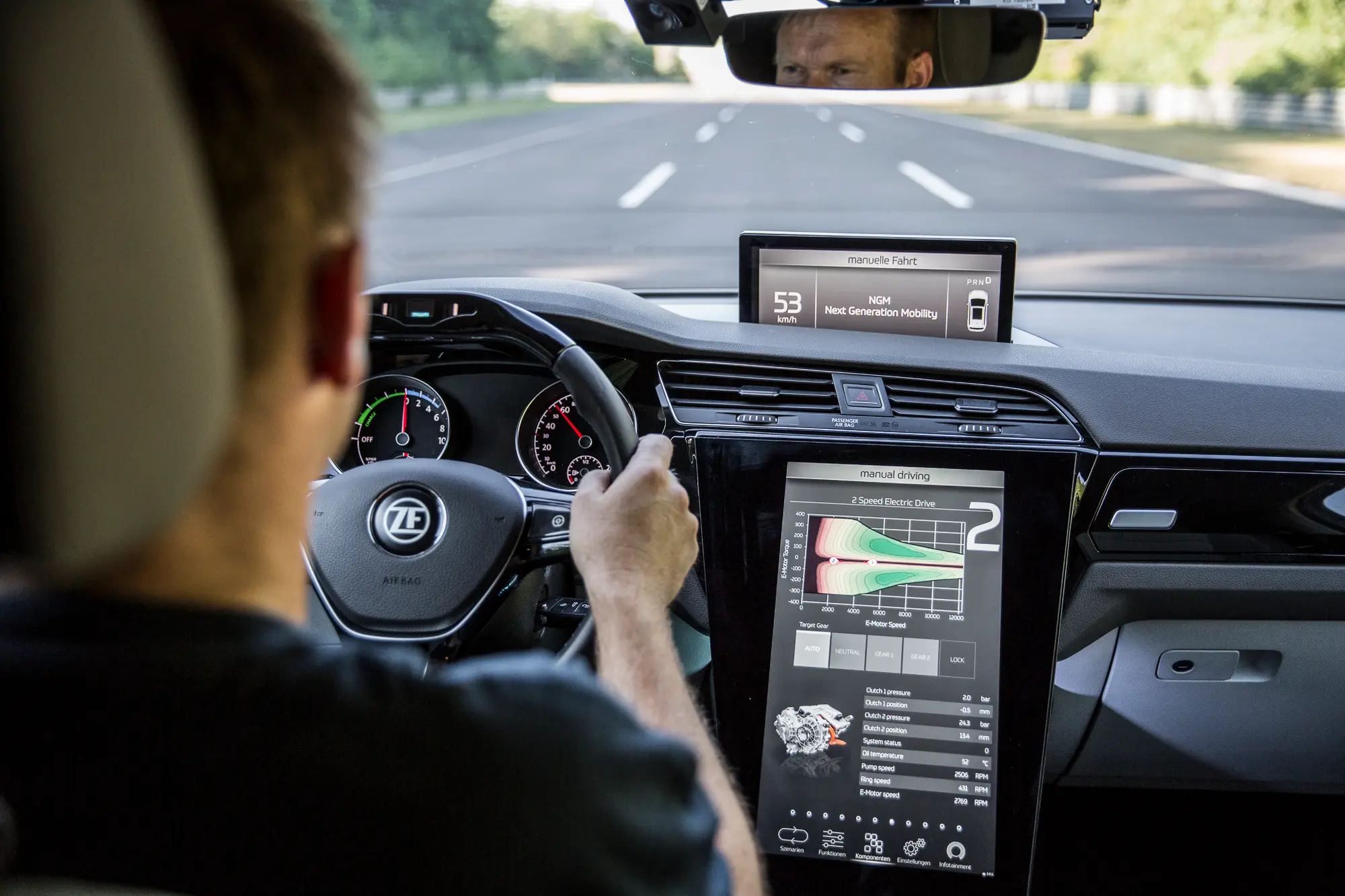Yes, electric cars have gears and transmissions.
Table of Contents
However, the gears and transmissions in a combustible engine are pretty different compared to electric vehicles. They are quite different in design, but both works to change the gears and make the car move.
The main difference is that electric cars only have one speed, determined by the amount of power sent to the motor. There is no need for transmission with multiple speeds because electric cars don't have to change speeds like traditional combustion engine vehicles.
They are so different in some of the electric vehicles that you won't be able to compare them to their combustion engine counterparts. In this article, we will describe how electric cars have gears and explain how they are different from each other.
So without further ado, let's begin and explain how it all works.
What Is A Car Transmission?

A car transmission is a gearbox that helps change a vehicle's speed and torque. It is connected to the engine of the car and uses gears and clutches to do this. The transmission is what helps make your car move forward or backwards when you press the gas pedal or brake.
There are two types of transmissions: automatic and manual.
When it comes to electric vehicles, almost all EVs have an automatic transmission. You might only see a manual transmission in a Tesla Model S, which offers a choice between the two.
READ: Can Old Vehicles Be Converted Into Electric Vehicles?
What Is An Electric Car Transmission?
An electric car transmission is very similar to a traditional automatic transmission, but there are some key differences.
First, electric cars don't have a gearbox like traditional combustion engine vehicles. The motor is directly connected to the wheels, eliminating the need for a transmission.
Second, electric cars only have one speed. This is because the motor only needs to spin at one speed to create the correct amount of power. There is no need for multiple speeds like in a traditional car.
Third, electric car transmissions are much smaller and lighter than traditional transmissions. This is because they don't have all the gears and clutches a traditional transmission has.
Fourth, electric car transmissions are much more efficient than traditional transmissions. This is because the transmission does not need to change gears, which causes a lot of energy to be lost.
Electric car transmissions are much simpler and more efficient than traditional ones.
Do Electric Cars Have Gears?

Yes, electric cars have gears. However, they are very different from the gears in a traditional car.
Electric cars only have one speed, determined by the amount of power sent to the motor. There is no need for transmission with multiple speeds because electric cars don't have to change speeds like traditional combustion engine vehicles.
Some electric vehicles don't even have a gearbox. The motor is directly connected to the wheels, eliminating the need for a transmission.
Why Do Most Electric Vehicles Only Need A Single Gear Transmission?
The answer depends on how both the vehicles are different from one another when it comes to working principles. Traditional cars typically need an internal combustion engine, and the electric vehicle, on the other hand, is powered by an electric motor. Both provide rotational power to the wheels but work in different ways.
The main reason for the EVs having only a single-speed transmission is that electric motors work on the principle of providing optimum torque at all times. An ICE, however, needs different gear ratios to work efficiently. ICEs need lower gears for starting and higher gears when the car reaches higher speeds so that it doesn’t rev too high and waste fuel.
On the other hand, an electric motor provides almost constant torque from a standstill and only starts to taper off at very high speeds.
It can do this with just a single gear throughout its speed range.
READ: What Is The Most Powerful EV Motor
Is It Possible For Electric Cars To Have Multiple Gears?
While it is possible, it is not very common. As we stated before, most electric cars only have a single gear because they don't need multiple gears like traditional combustion engine vehicles.
However, there are a few electric cars that do have multiple gears. The Porsche Taycan, for example, has a two-speed gearbox. The motors typically use different gear ratios to be able to work efficiently.
Electric car transmissions are much simpler and more efficient than traditional ones. This is because they don't have all the gears and clutches a traditional transmission has.
Do Electric Cars Have Clutches?
No, electric cars don't have clutches. The motor is directly connected to the wheels, which eliminates the need for a transmission.
Electric car transmissions are much simpler and more efficient than traditional ones. This is because they don't have all the gears and clutches a traditional transmission has.
Once the vehicle achieves its cruising speed, it can divert power to only the front motor for better efficiency.
What Does The EV Transmission Of The Future Look Like?

The answer may lie in the development of new battery technology. Solid-state batteries are said to be twice as energy-dense as the current lithium-ion batteries, and they can also charge and discharge much faster.
This could potentially allow for an electric car with a smaller battery pack that can still provide the same range as a current electric car. This would make the electric car much lighter and wouldn't need as much torque from the motor.
READ: Do Electric Vehicles Have An AC?
This could lead to a smaller, more efficient electric motor that doesn't need multiple gears. We may even see a return to direct drive motors, which wouldn't need a gearbox at all.

